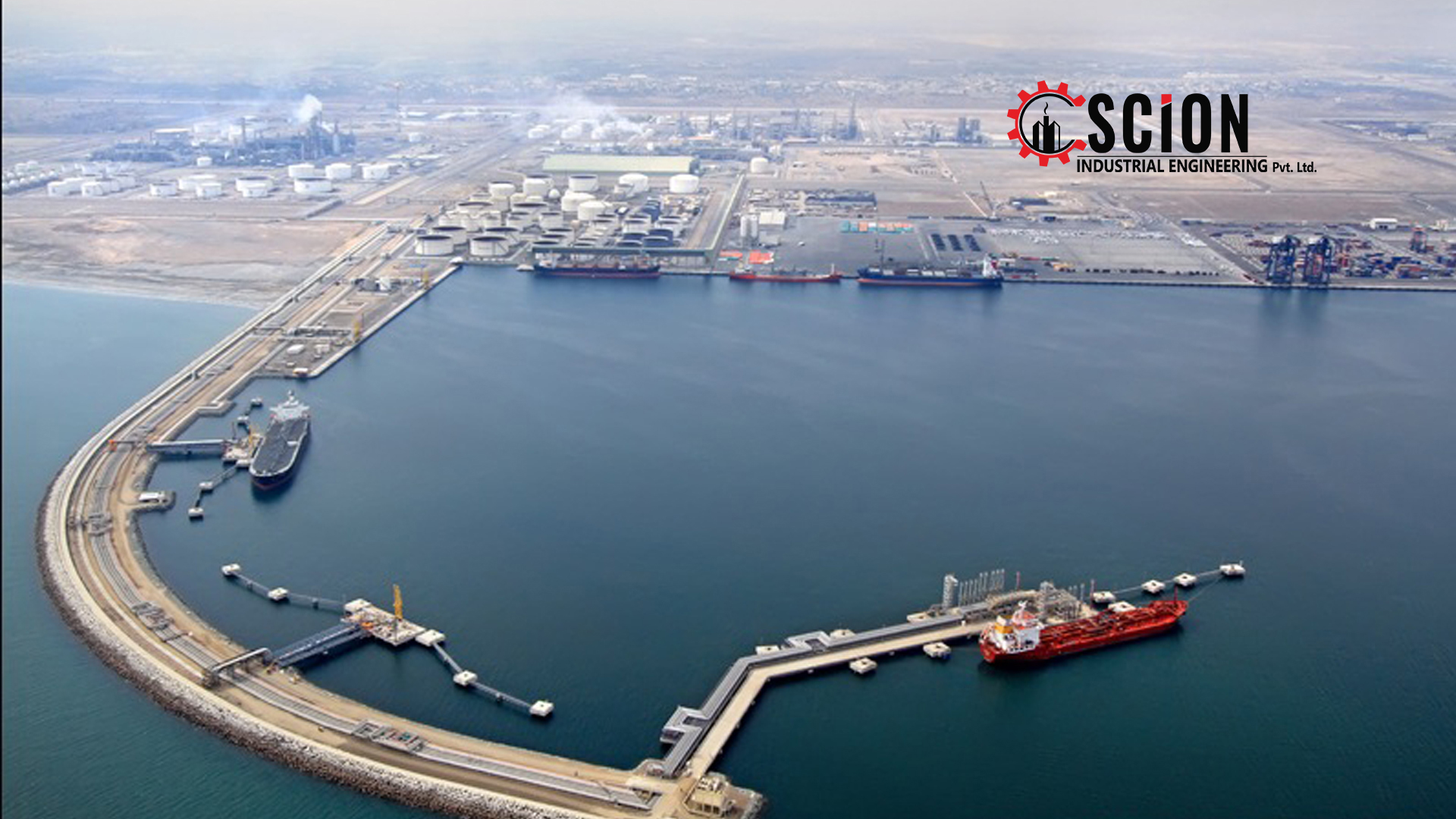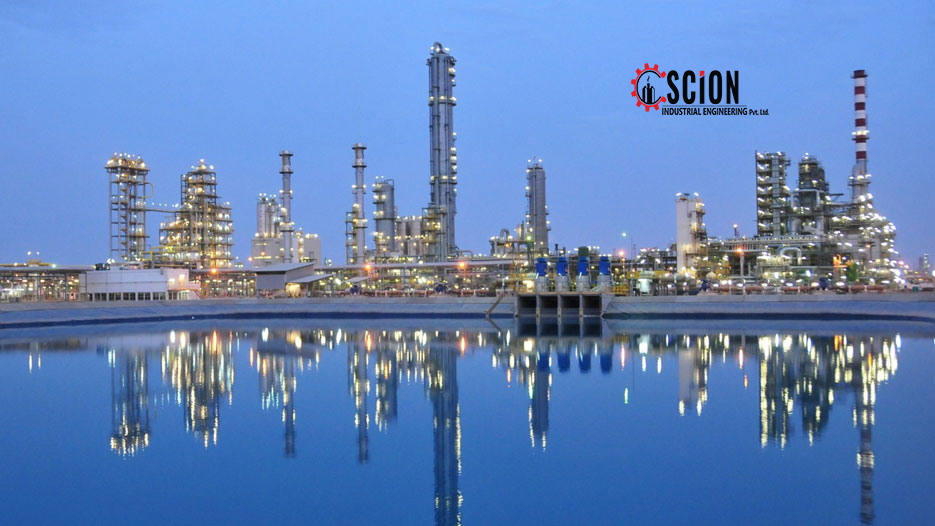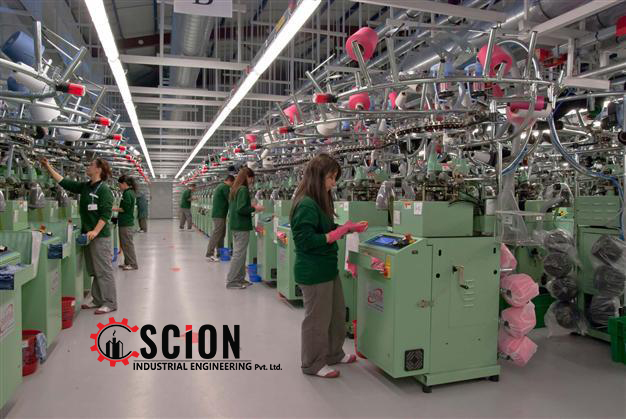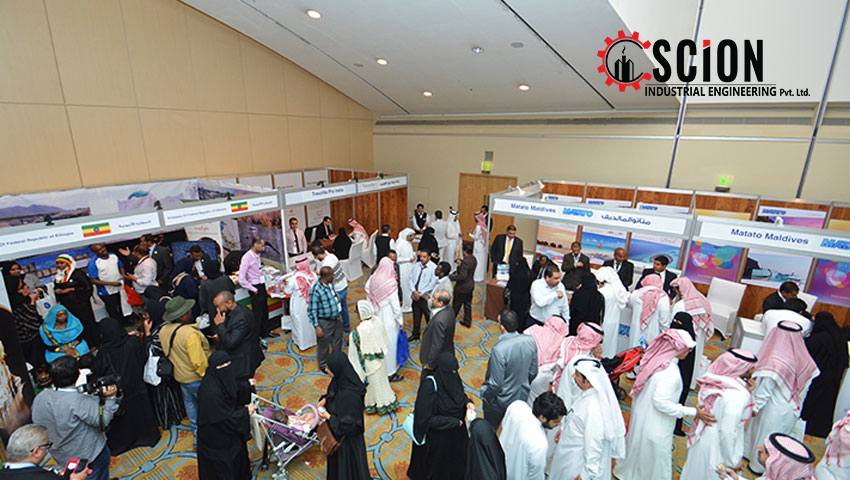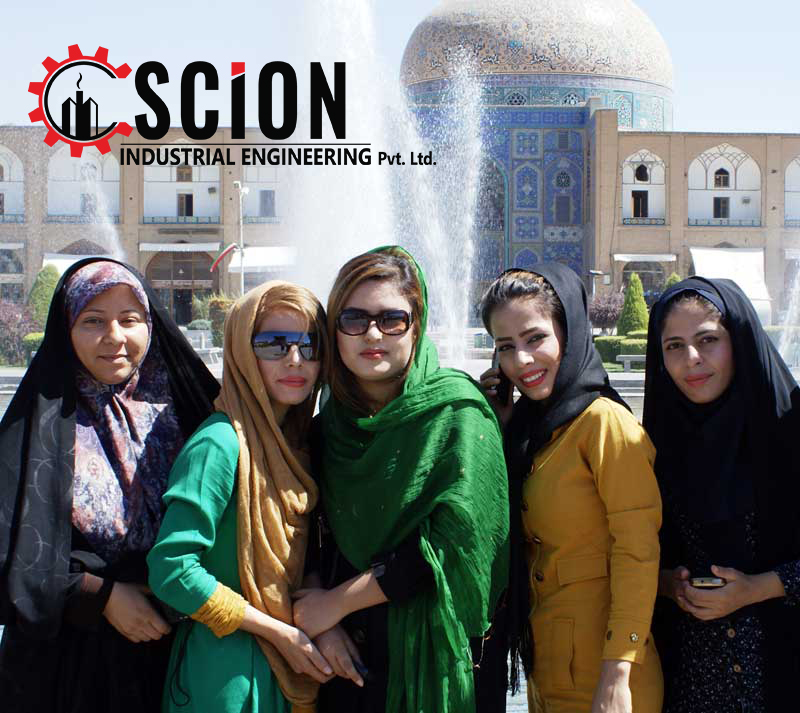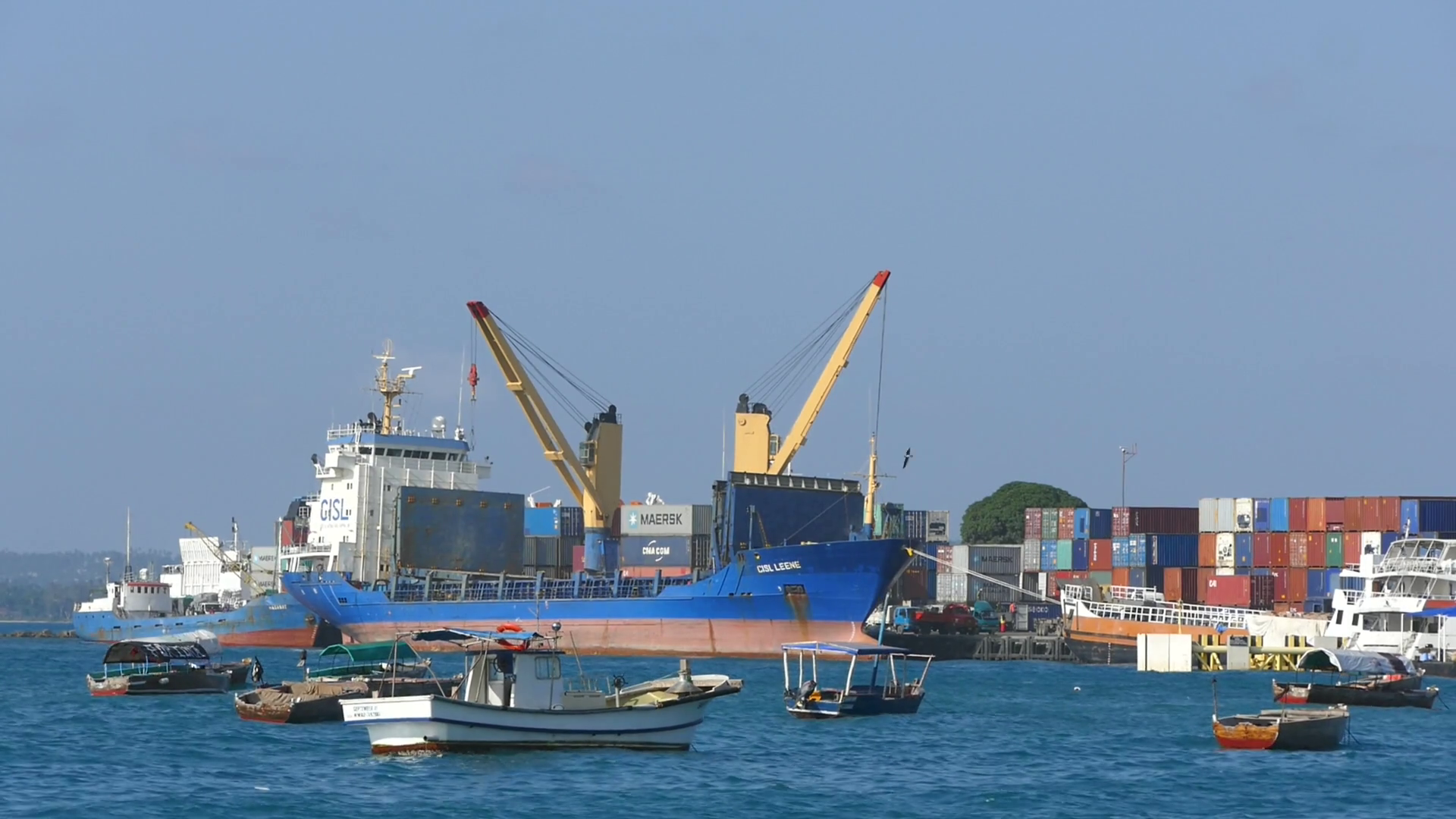Plans to accelerate development of the Omani fisheries industry are gaining pace, with a series of temporary labs designed to help operators overcome challenges.
Launched in September by the Ministry of Agriculture and Fisheries (MoAF) and running until October 26, the fisheries labs brought researchers and industry experts together to look at ways to maximise growth in the sector, with a focus on aquaculture, catch and export.
Among the key goals of the project is boosting the contribution made by fisheries to GDP, increasing the value of fish products and creating more job opportunities for Omanis.
Push to more than double fish production between 2014 and 2020
The initiative forms part of a broader national roadmap, developed in cooperation with the World Bank. Fisheries has been identified as one of five key focus areas in the government’s current five-year development plan (2016-20), which seeks to ensure the industry’s sustainability through to 2040.
The government has pledged to invest $1.6bn under the National Fisheries Development Strategy 2013-20, with the aim of increasing production from 200,000 tonnes in 2014 to 480,000 by 2020, and creating 20,000 new jobs.
A cornerstone of the strategy is the establishment of a fisheries harbour at the Port of Duqm, where the government plans to create a special economic zone that will include 60 processing facilities, cooling and freezing stores, and ship maintenance workshops.
Robust fisheries growth, sector financing trends
These efforts come on the back of strong growth in the fisheries sector. Total fish production increased by 9% last year, and the industry has recorded average annual growth of 12.1% since 2011, according to the MoAF. Total catch volumes also rose over the period, from 158,000 to 280,000 tonnes. Fish production has exceeded 1m tonnes since 2011, contributing around OR975m ($2.5bn) to the economy.
This consistent growth, coupled with government support, has enabled the sector to attract substantial financing; fisheries accounted for 29% of all loans dispersed by the Oman Development Bank (ODB) in the first eight months of this year.
The ODB granted 1152 loans worth OR4.8m ($12.5m) to the fisheries sector, making it the second-highest recipient of funding from the bank, behind only industry, and ahead of agriculture, health and education.
Despite recent expansion, fisheries contributed 0.8% to GDP in 2016, demonstrating the significant growth potential of the industry and prompting the World Bank to call for national operators to move beyond only harvesting fish and establish themselves across the entire value chain. This includes processing, logistics, wholesaling, marketing and retail.
Fishing to boost Omani employment and self-sufficiency goals
Unlike many other industries in the country, traditional artisanal fishermen are responsible for the overwhelming majority of output, with small, local fishing operations making up 99% of production, according to the World Bank. An estimated 45,000-50,000 Omanis rely on fishing and related activities for their livelihoods.
October brought news that under a new scheme, an additional 700 licences will be made available to locals wishing to work in the traditional fishing segment – a sign the government is keen to encourage continued participation of Omanis in the sector.
The country also represents a strong homegrown market for its produce, with the population consuming almost double the global average amount of fish. As such, fishing plays an important role in long-term goals for food security and self-sufficiency.
Overall, Oman produces more fish than it consumes, meaning that it is able to export a substantial amount. Last year, it exported 41% of total produce caught, according to the National Centre for Statistics and Information. Further expansion would therefore boost international trade opportunities.
Source:https://oxfordbusinessgroup.com/news/new-labs-unlock-growth-oman%E2%80%99s-fisheries-sector



